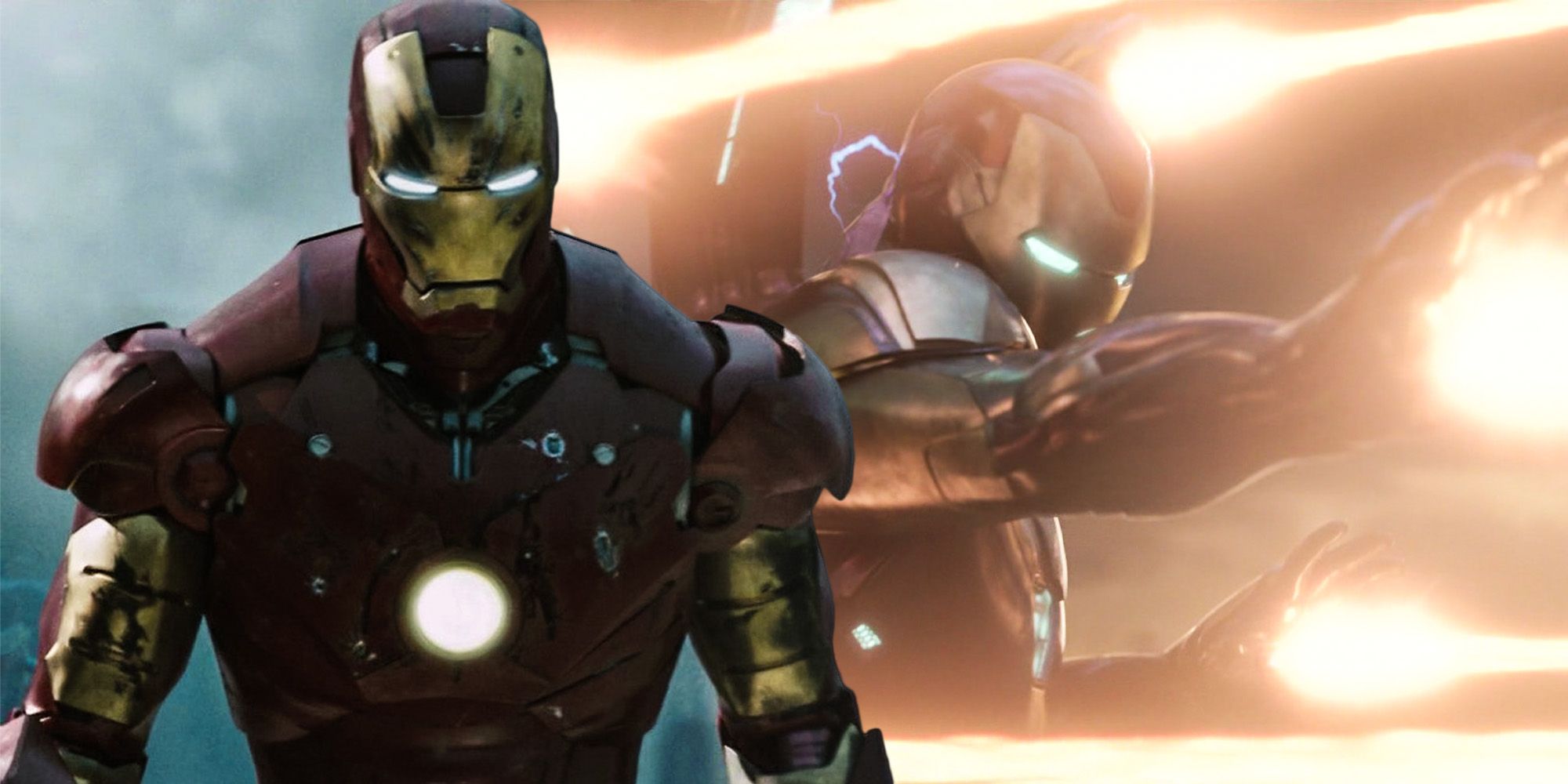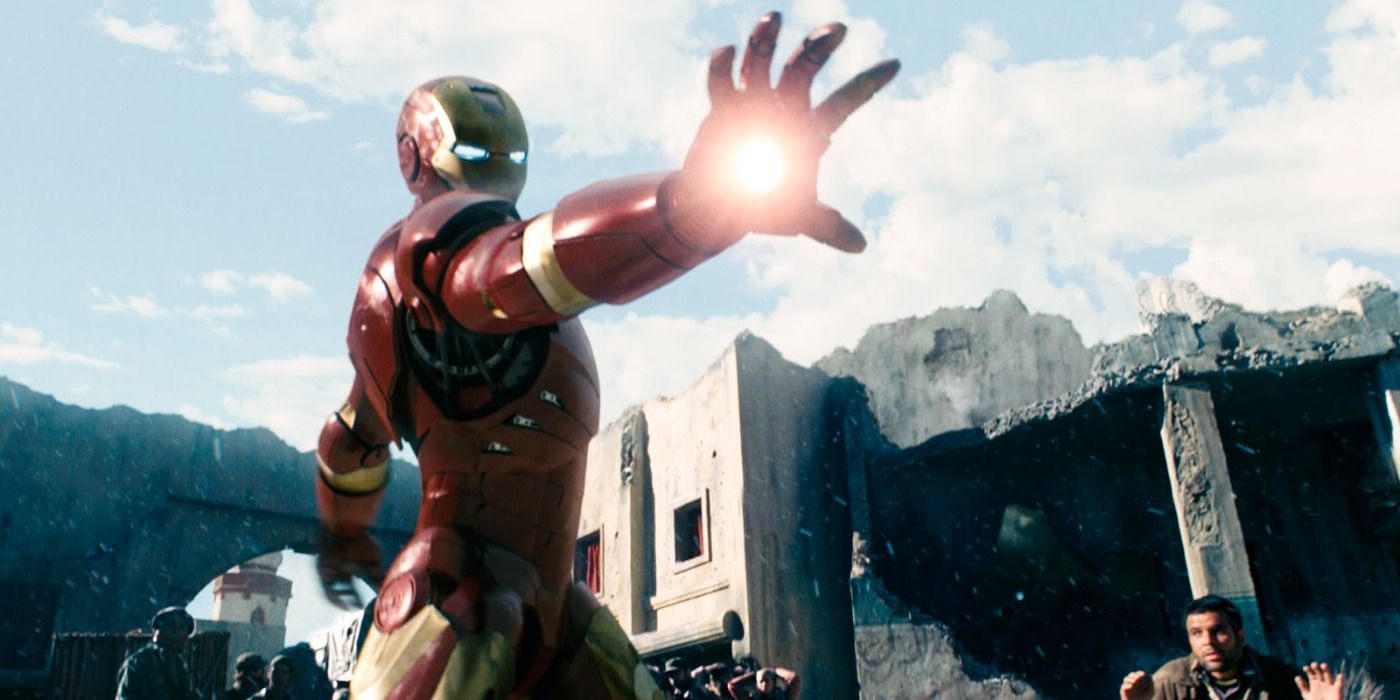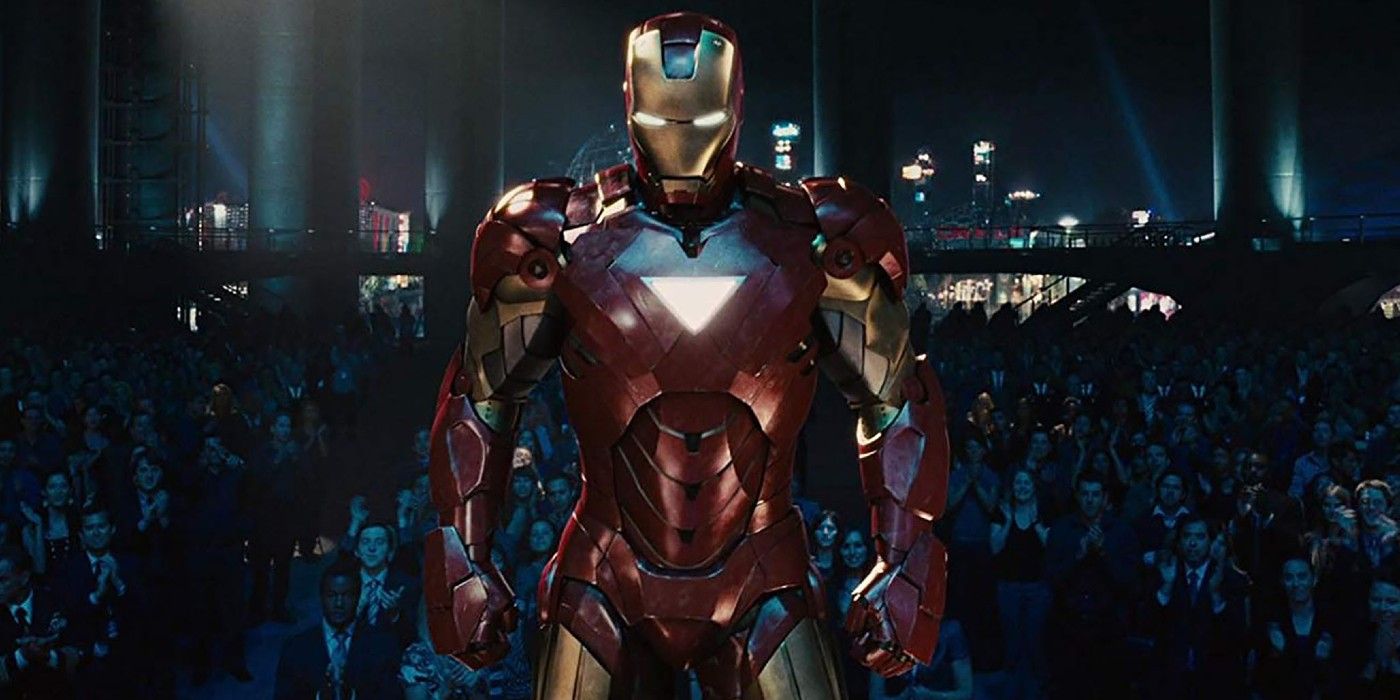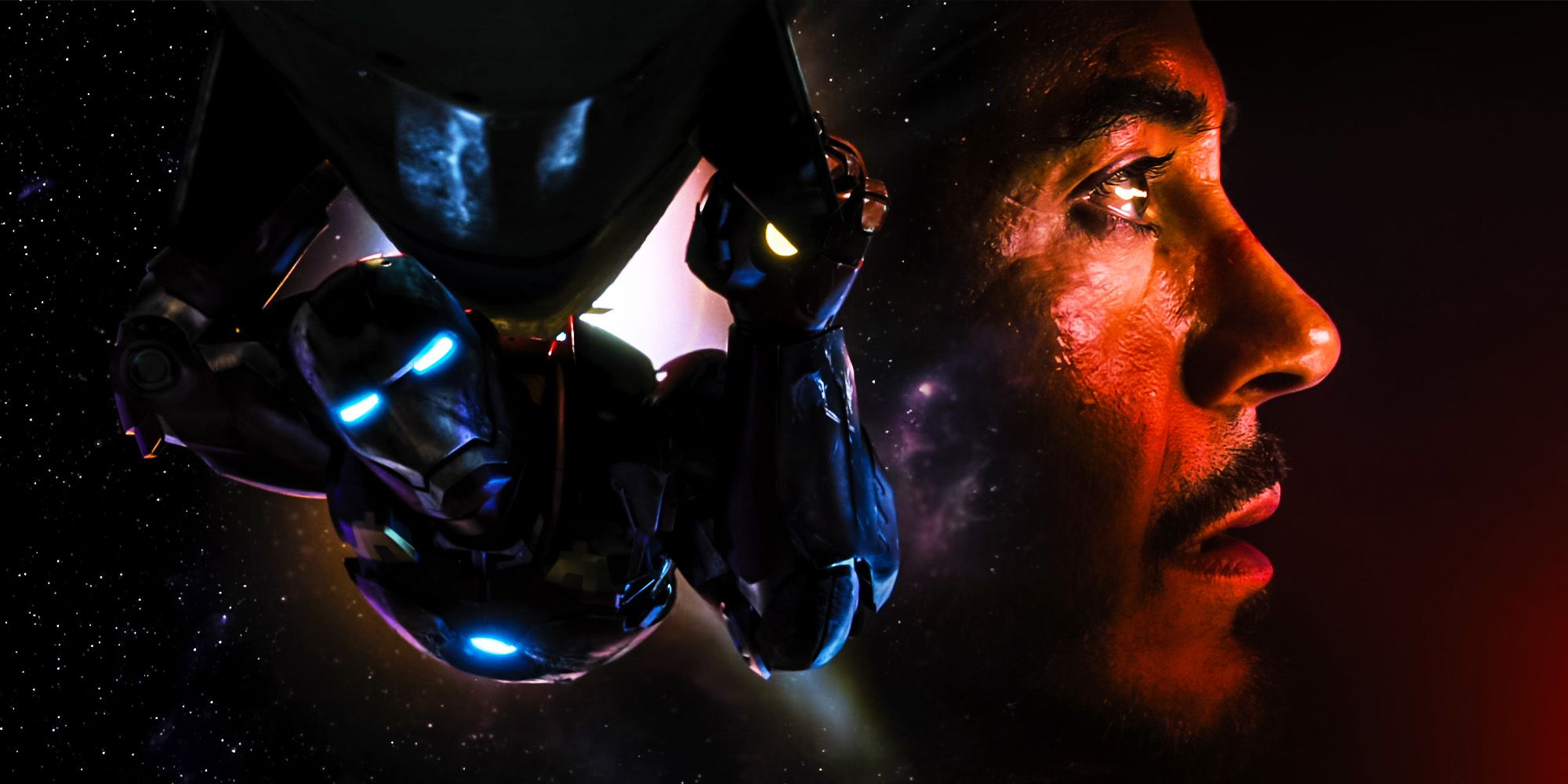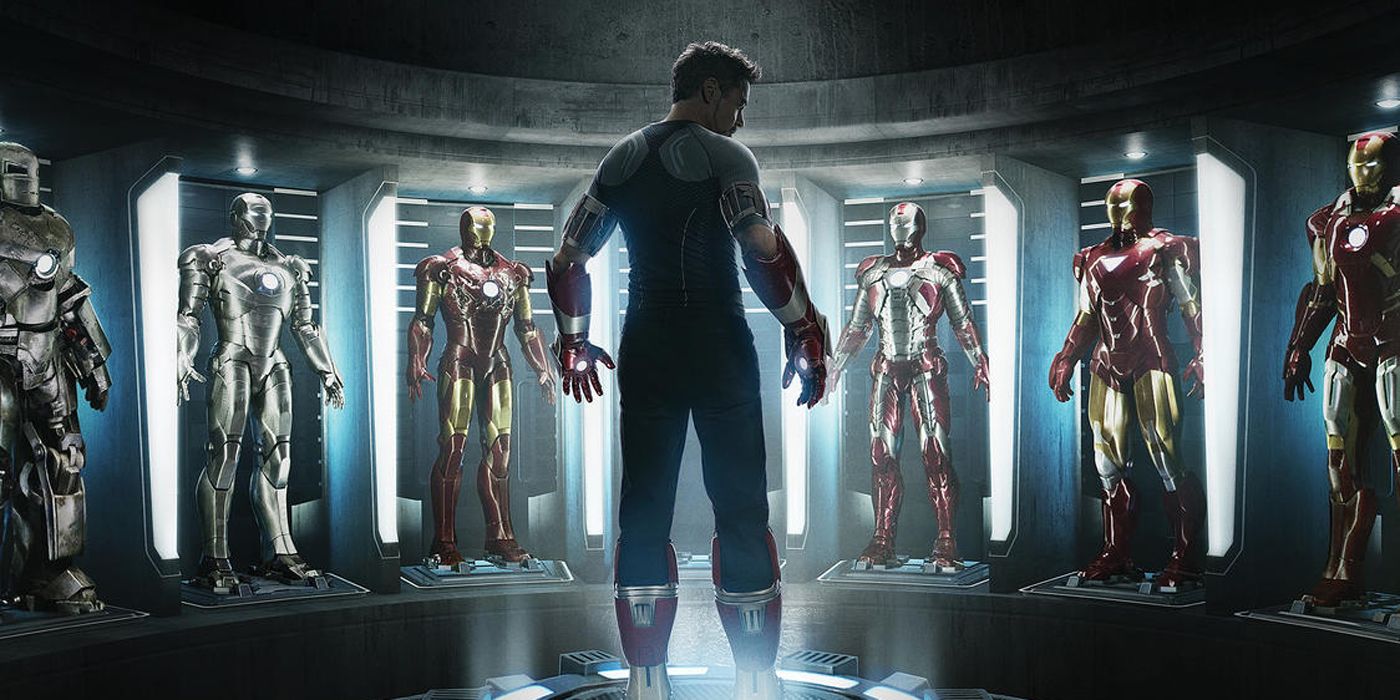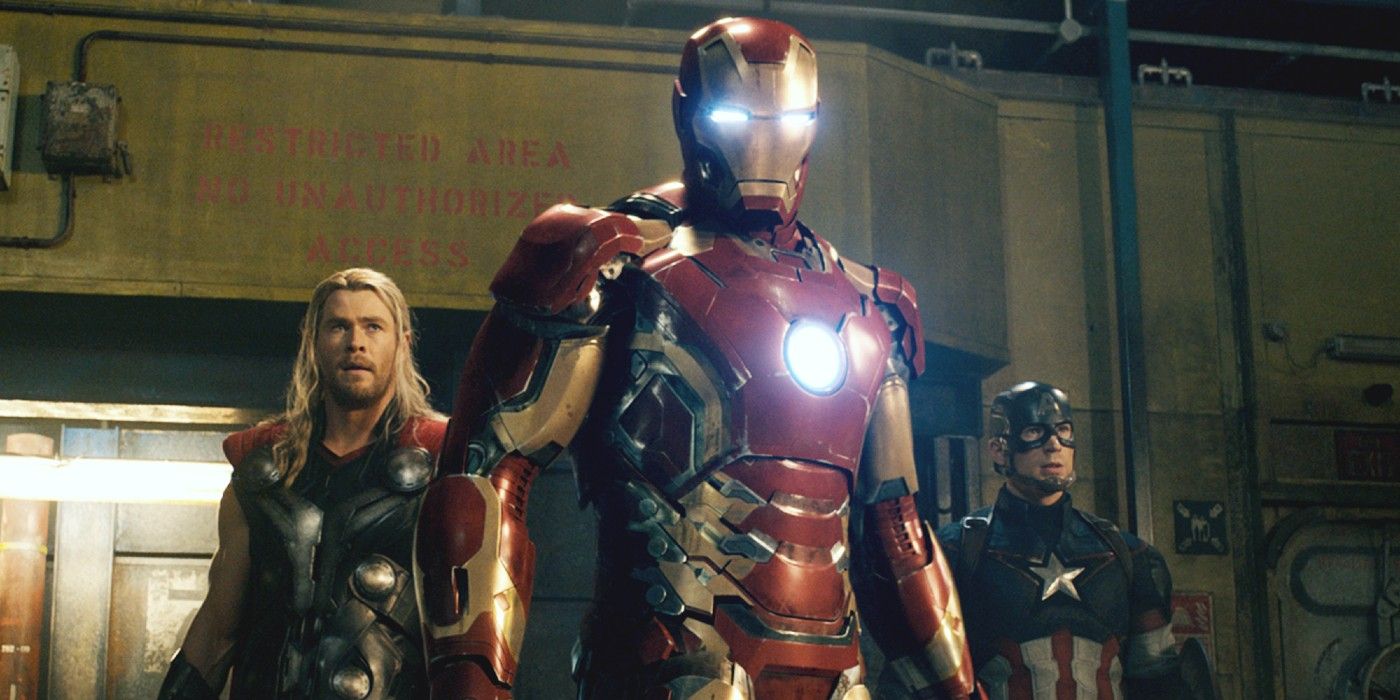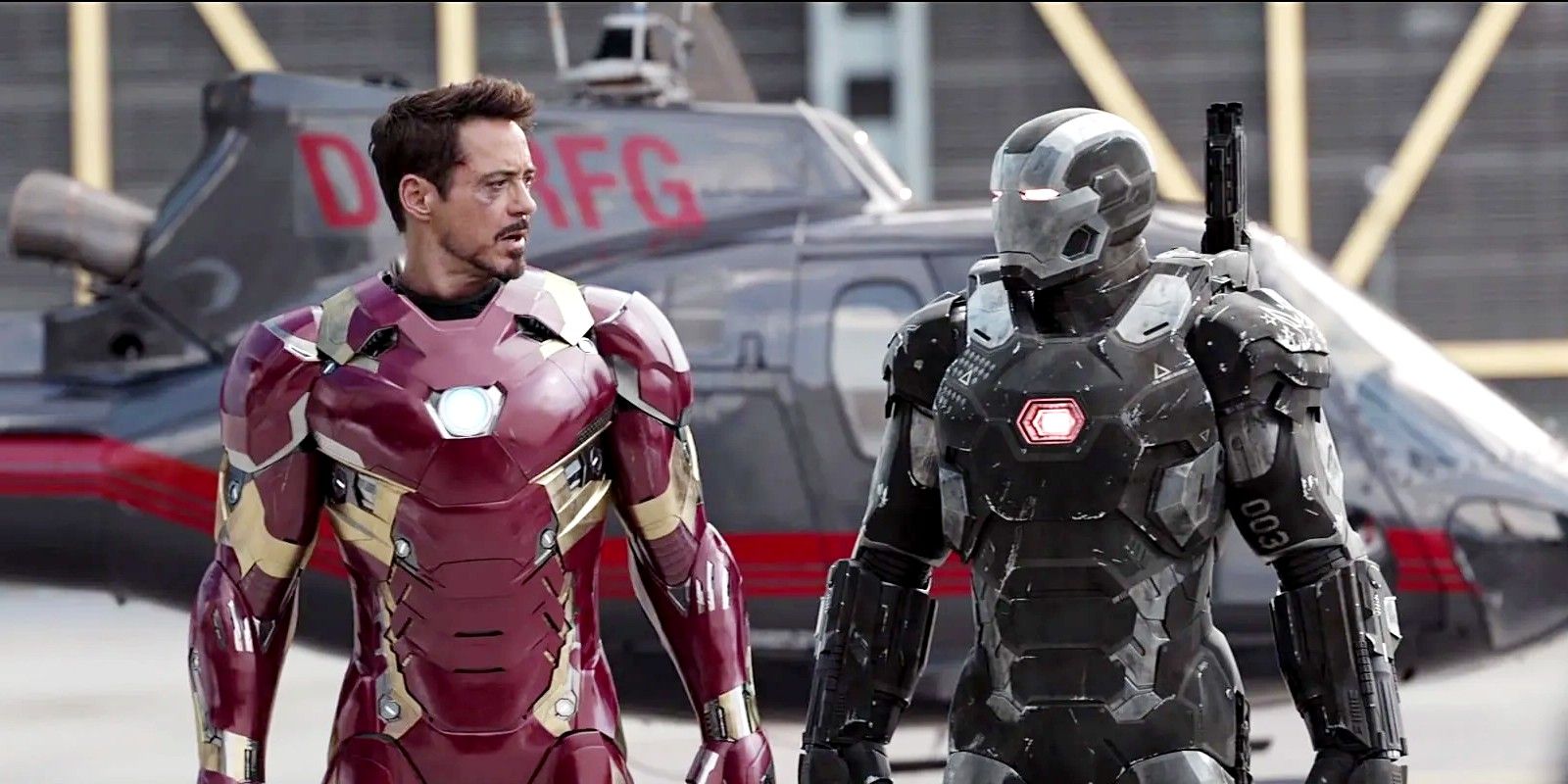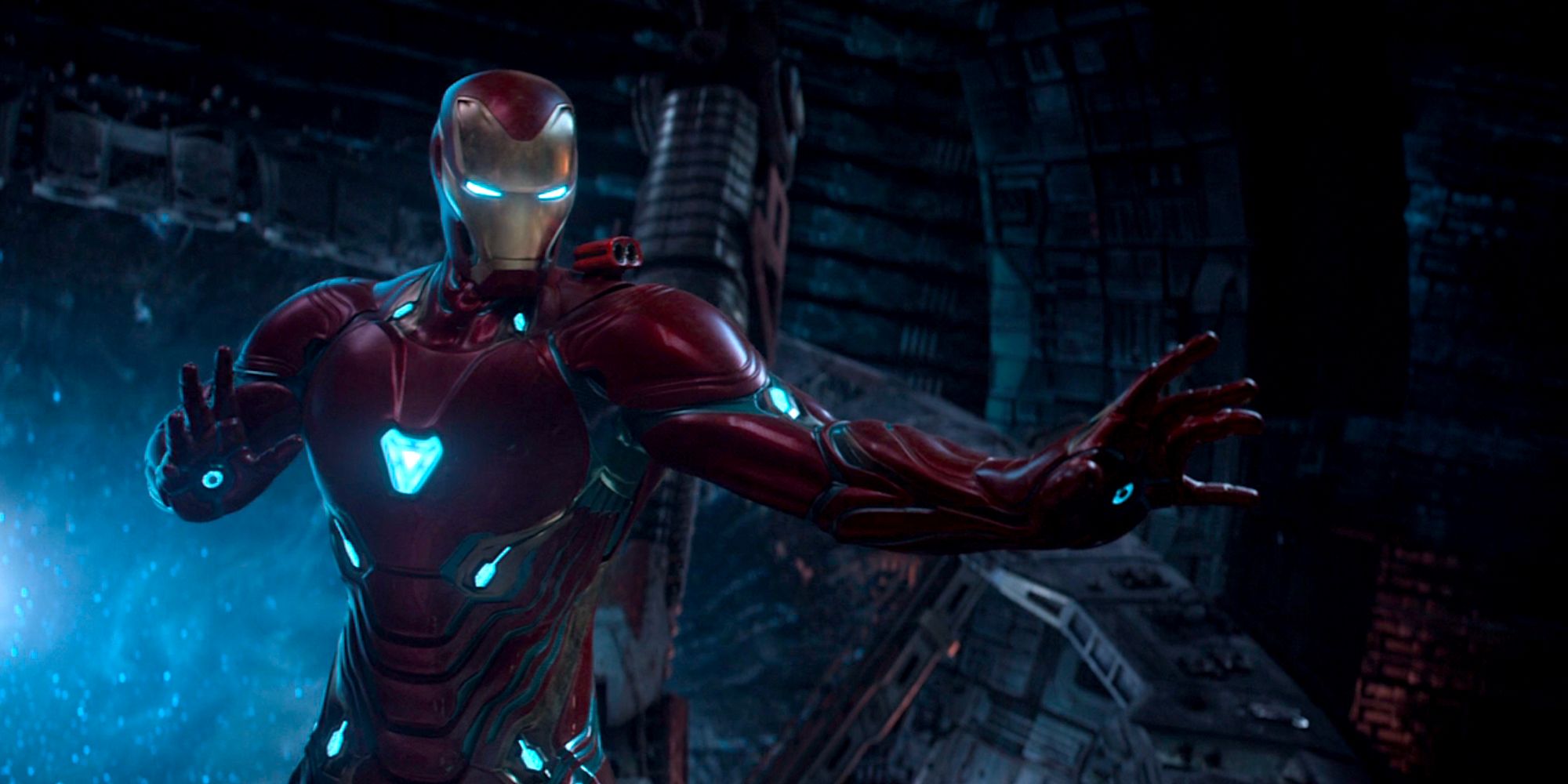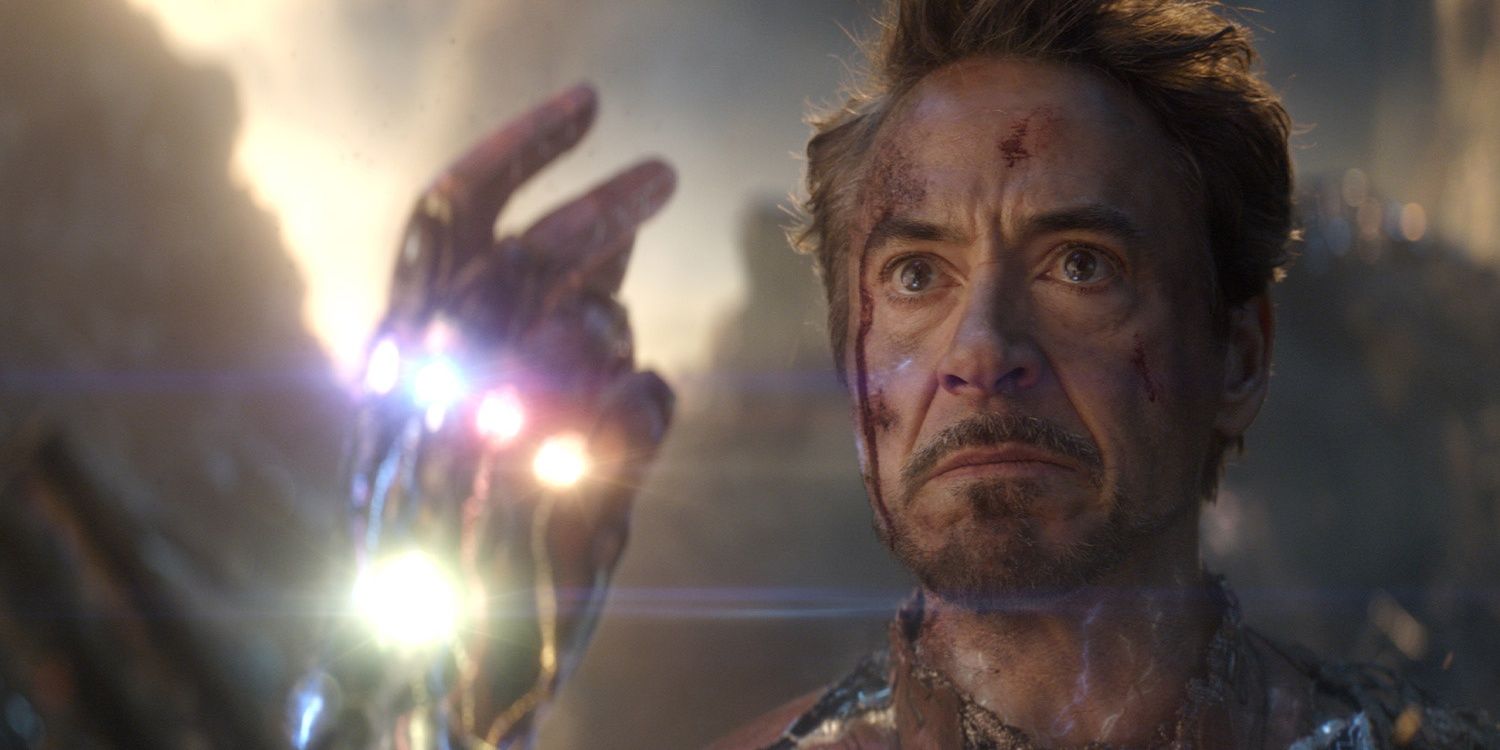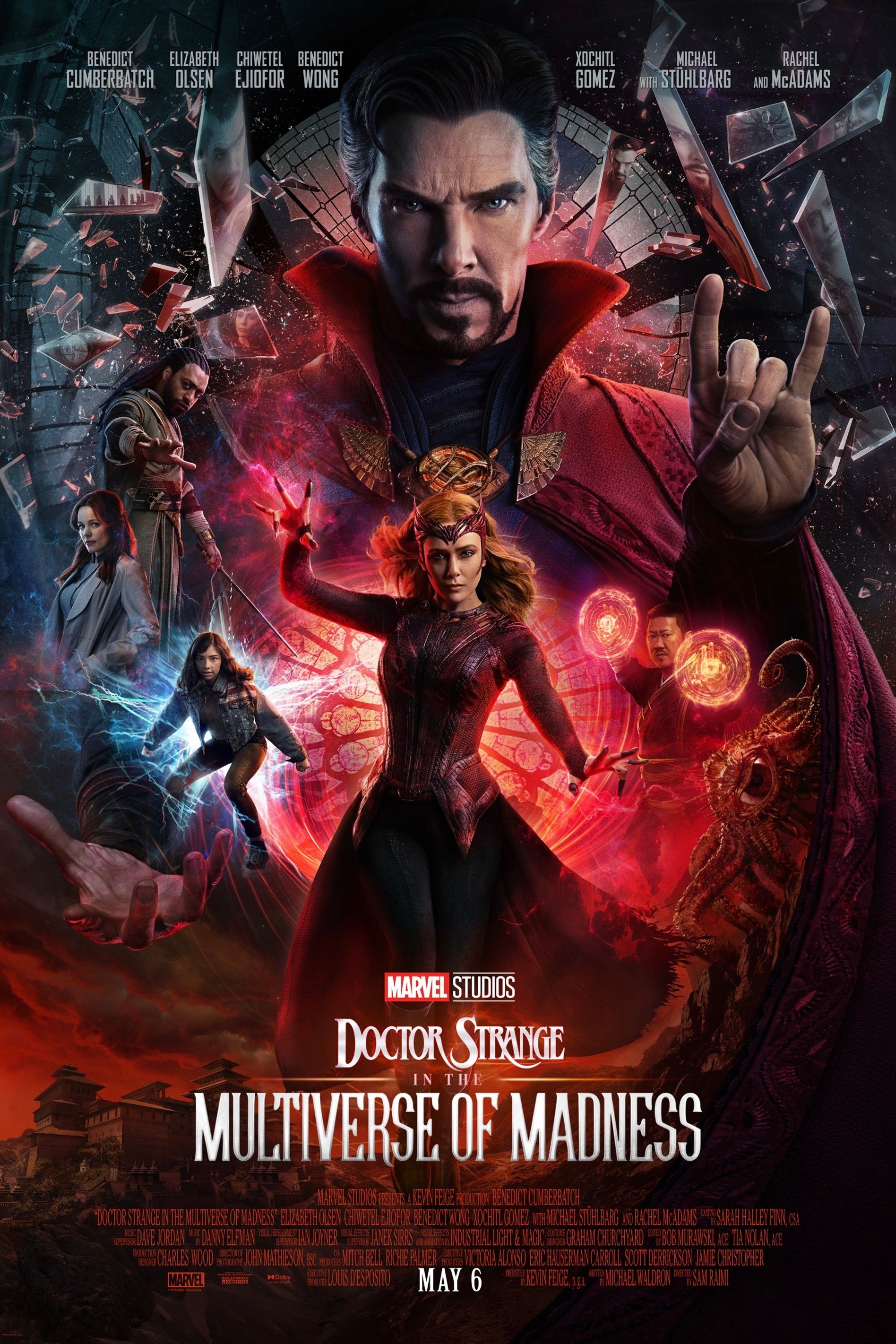Iron Man was the leader of the Marvel Cinematic Universe through the Infinity Saga, and in each appearance, he not only learned from past mistakes but he also made some improvements to his suits that made him more and more powerful, yet there were some inner struggles that kept him from seizing his full power in multiple occasions. The MCU began its journey in 2008 with Jon Favreau’s Iron Man, which set the tone for the rest of this connected universe and introduced Robert Downey Jr. as Tony Stark, who in the post-credits scene was approached by Nick Fury to join the Avenger Initiative.
Iron Man went on to lead the original Avengers team alongside Steve Rogers/Captain America (Chris Evans) and was the first MCU character to get three solo movies, a tradition that has now been broken by Thor, who got a fourth solo adventure in Thor: Love and Thunder. Tony Stark went through a whole journey in which he constantly struggled with the concept of a hero, what the world expected from him, his father’s legacy, and building his own path in the world, and he’s one of few MCU heroes who has no superpowers, so he relied on his genius intellect, combat skills, and advanced technology.
In total, Iron Man appeared in eight MCU movies (without counting cameo appearances) and his story came to an end in Avengers: Endgame, when he sacrificed himself to save the universe by taking the Infinity Stones from Thanos, mounting them on his suit’s glove, and snapping Thanos and his armies away. As Tony learned from past mistakes and kept working on his suits and new technology, he became more and more powerful and his role in the MCU become more important, but how powerful was Iron Man in each MCU movie?
Iron Man
Iron Man told the origin story of the title hero, whose journey began as the narcissistic heir and lead of Stark Industries, through which he became the main weapons manufacturer for the U.S. military. Tony’s life took a violent turn when he was imprisoned by the Ten Rings, and as he was severely wounded, fellow prisoner Ho Yinsen (Shaun Toub) implanted an electromagnet into his chest to keep shrapnel shards from reaching his heart and killing him. This was the basis for the now-famous arc reactor, and with Yinsen’s help, Stark built a prototype suit of powered armor, later known as Mark I. This armor had flamethrowers under each hand, a limited rocket launcher, and crude jet boots, and while it was bulletproof and served its purpose of allowing Stark to escape, it was also a risk as its rough design left different spots without protection.
Once Tony Stark returned home and decided to take his life on a different, more heroic route, he built two more armors: Mark II and Mark III. Mark II was the first to have JARVIS as a virtual assistant and gave Tony basic powers and skills like superhuman strength, durability, speed, agility, reflexes, and allowed him to fly, though its biggest flaw was that it couldn’t fly too high without freezing. Mark III had the same characteristics and was the first suit to integrate an advanced onboard weapons system. Mark III was also the first to have Iron Man’s now-iconic red and gold color scheme and was an armor fully suitable for battle. At this point, Tony Stark was only getting started in his superhero journey and his powers and skills weren’t polished, and these are reflected by each of his suits.
Iron Man 2
Iron Man 2 saw Tony continuing his journey as a hero while also literally fighting for his life, as the palladium core in the arc reactor that was keeping him alive was also slowly poisoning him. In addition to that, Tony came across Ivan Vanko (Mickey Rourke), the son of a former Stark Industries employee who was ready to avenge his father. Between his inner demons and his health issues, Tony Stark went back to his egotistic ways, and instead of improving the Mark III suit, he only made Mark IV brighter, with a higher degree of mobility, and added a biological waste disposal system. Mark V wasn’t that much of an improvement either, as Tony chose accessibility over durability, strength, and endurance by making it his “Suitcase Suit”. However, Tony was seen being trained in combat by Happy Hogan (Favreau), so even though his technology wasn’t making him more powerful, he was working on other skills that ultimately added to the rest of his abilities.
Iron Man’s power increased towards the end of Iron Man 2 with the creation of Mark VI. Thanks to a new element, Stark was able to create an improved arc reactor that ended his palladium dependence and powered this new armor thanks to its much higher energy supply. This also gave Iron Man more mobility, weapons, and protection inside the suit, along with a powerful laser, arm-mounted mini-missiles, resistance to electricity, and the ability to perform underwater. Stark’s improved health also allowed him to set his ego aside again, though he still had a long way to go.
The Avengers
Iron Man teamed up with Captain America, Hulk, Thor, Black Widow, and Hawkeye for the first time in The Avengers to stop Loki and the Chitauri army as they invaded New York City. Iron Man wore the Mark VI armor through most of the movie, but Mark VII debuted when Loki threw Iron Man through a window at Stark Tower. Thanks to a pair of bracelets designed by Tony as an improvement to the suit’s delivery system, the Mark VII armor followed Tony as he fell and saved him from crashing. This suit also had new, powerful missiles and rechargeable lasers which he used to fight against the Chitauri, and this was the armor he wore when taking a missile through a wormhole, which brought out an unexpected flaw in the suit as Tony almost died in the process. This was the most heroic Iron Man had been at the time, and while his suits kept improving, his most important “powers” at this point were his genius intellect and tactical skills.
Iron Man 3
Iron Man 3 saw Tony Stark at his most vulnerable, as the experience of almost dying in space and crashing down left him with severe anxiety and PTSD. His struggles were once more reflected in his suits, with the creation of Mark 42, designed for automatic deployment and assembly and composed of separate sections that can collapse into small pods. This was the suit he used to protect Pepper Potts during the attack on his mansion, but as it wasn’t fully finished when he was forced to use it, the armor allowed him to escape but he eventually crashed (and had a panic attack in the process). Tony eventually repaired Mark 42, allowing him to escape from the Mandarin’s compound and save most of the passengers and crew of Air Force One. Iron Man 3 also saw the Iron Legion, dozens of suits that Tony built to cope with his insomnia and anxiety as he felt he wasn’t enough to defend Earth from major threats. Although Mark 42 and the Iron Legion helped Tony and Rhodey defeat Aldrich Killian, Iron Man 3 didn’t really see a more powerful Tony Stark, as he was struggling with his mental health.
Avengers: Age of Ultron
The Avengers teamed up again in Avengers: Age of Ultron, where Tony and Bruce Banner came up with the Ultron Program. Unfortunately, Ultron ended up developing a mind of its own and instead of defending Earth, it decided that humanity was the problem. Iron Man stepped up with Mark XLIII, which took the best of Mark VII and Mark 42 to make a versatile and resistant armor that fit inside the Hulkbuster. Because of this, Mark XLIII didn’t shatter under heavy hits, thus making Iron Man a lot more powerful, yet it sustained a lot of damage that led to the creation of Mark XLV. This one was used in the Battle of Sokovia and was tougher (and shinier), sleeker, and the first to use FRIDAY as a digital assistant as JARVIS was turned into Vision. This armor made Iron Man powerful enough to destroy Ultron’s sentries and even melt the vibranium outer shell of Ultron’s third body with the help of Vision’s Mind Stone and lightning strikes from Mjolnir.
Captain America: Civil War
Iron Man’s next appearance was in Captain America: Civil War, where the Sokovia Accords divided the active MCU heroes into two teams: Team Iron Man, who supported the accords, and Team Captain America, who were against them. Civil War saw Iron Man’s Mark XLVI armor, which he used at the battle at Leipzig/Halle Airport against Team Captain America and later at the battle at the HYDRA Siberian Facility against Bucky Barnes and Captain America. When it comes to physical features, this armor didn’t add much to Iron Man, but thanks to FRIDAY, it had the ability to analyze its opponent's fighting patterns and thus find a counter to said style. This allowed Iron Man to overpower Captain America for a while, but ultimately, Rogers disabled Tony’s armor. Tony was mostly driven by rage in Civil War due to the reveal that the Winter Soldier killed his parents and the betrayal he felt on Captain America’s part, and while he was more powerful than in his previous appearance, these feelings ultimately got the best of him and didn’t allow him to seize his and the armor’s full power.
Avengers: Infinity War
Iron Man’s armor went through a major upgrade in Avengers: Infinity War with Mark L, which used nanotechnology. Avengers: Infinity War saw Iron Man fighting against Cull Obsidian and Ebony Maw in New York City and later against Thanos in Titan alongside Spider-Man, Doctor Strange, and the Guardians of the Galaxy. Thanks to this suit, Infinity War saw Iron Man at one of his most powerful moments, as the nanotechnology allowed the suit to rebuild, reshape, and redesign itself mid-combat, while also improving features like power, defense, durability, and more. Mark L also allowed Iron Man to fly into deep space with no damage, protecting Tony from radiation and more and supplying life support. Once more, Tony’s non-technological abilities shone through in Infinity War, such as his tactical skills, combat abilities, and more.
Avengers: Endgame
Avengers: Endgame saw Iron Man at his peak but also saw his demise. After being rescued from space along with Nebula, Tony Stark spent five years working on his ultimate suit: Mark LXXXV. This armor blended Mark L’s nanotechnology with a stronger design and a lot more resistance, a valuable lesson learned from his fight against Thanos in Titan. As a result, by the time the Time Heist and the Battle of Earth happened, Iron Man was at his most powerful thanks to this suit, which was capable of withstanding damage and superhuman levels of force impact, but he was also mentally and emotionally stronger and more powerful, as he was not only fighting to keep his family safe but to save the whole universe. Iron Man was able to keep up the fight against Thanos and his many armies, but his ultimate display of power – from the suit and from within – was when he took the Infinity Stones away from Thanos and the nanotechnology of his suit formed a Nano Gauntlet that allowed him to snap his fingers and get rid of Thanos at the cost of his own life. Iron Man died a hero, and he was at his most powerful when he passed away thanks to his most impressive armor, all the skills he had acquired over the years, and his own, inner work after years of anxiety and other struggles.

